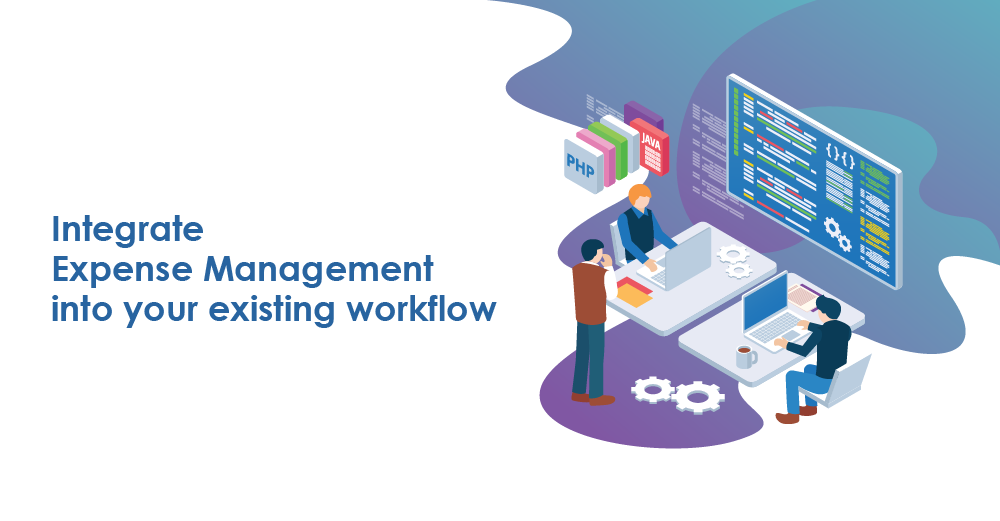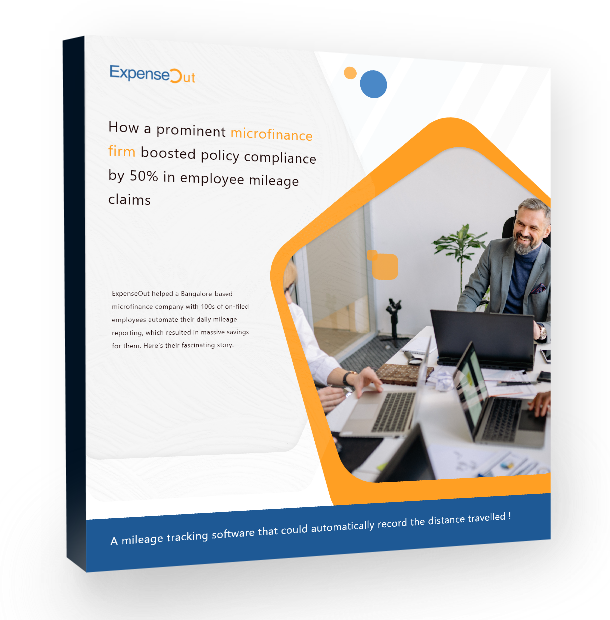Expense management has led many corporates and businesses to boost their revenues and minimize losses.
Typically, companies stand to incur huge losses if business travel expenses are recorded incorrectly. On the other hand, it is often difficult for employers themselves to record these expenses since they must manually submit their expenses along with old receipts that are already at the point of crumbling and falling apart.
A needlessly complicated system that promotes errors on both sides needs to be replaced with something better. This is where expense management systems come in.
Here are a few tips on how you can integrate expense management into your existing workflow and business model so that it does not interrupt the well-established processes that have proven efficiency.
Build an employee portal for logging expenses.
Increase the usability of the software by implementing features like taking pictures of invoices instead of requiring employees to mail them in. This greatly reduces the amount of work the employees are responsible for and makes it much more likely that misreporting of expenses does not occur. Making the process paper-free speeds up the process and makes management and verification easier.
Collate employee data and send directly to approving authority
Using the software, you can automate the process of categorizing the expenses because the employee has already filled in the relevant information while reporting the expense. This makes it easy for the software to collect similar entries together and compile them into an easily usable spreadsheet for approval from the appropriate authority.
Because there are no intermediaries in this process that might introduce fraudulent entries or other errors, the need for verification or checking is reduced by many times. By installing the appropriate software infrastructure, you can delegate human resources to other relevant tasks or simply terminate any unnecessary redundancies.
Directly release funds post-approval of expenses
Because the entries have been recorded and verified by this point, reimbursements can be directly credited to the employee’s accounts after the entries have been authorized by the appropriate authority. This method eliminates logjam and does not introduce any additional methods into the existing process, making it easy to implement.
Since detailed records are kept for each transaction, it is easy to trace every financial transaction to the record itself and attached proof so that future disputes can be resolved with little effort.
Conclusion
Therefore, we see that implementing expense management systems is a no-brainer. They improve the efficiency of the workforce while cutting down on unnecessary losses as well as boosting revenue and employee morale. It is a win from all perspectives.








